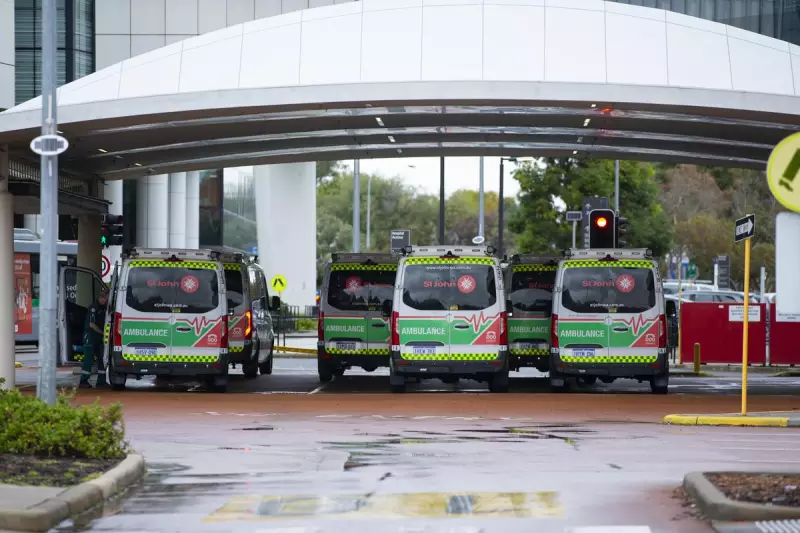
Emergency department beds at one of Perth's major hospitals have been temporarily closed following a significant sewage pipe failure that requires urgent repair work.
Emergency Infrastructure Failure at Major Hospital
Sir Charles Gairdner Hospital has temporarily closed several emergency department beds as essential repairs continue on a burst sewage pipe that has compromised hospital infrastructure. The incident has forced hospital administrators to make immediate adjustments to patient care arrangements while maintenance crews work to resolve the plumbing emergency.
The North Metropolitan Health Service confirmed the temporary bed closures affect the hospital's emergency department capacity. While emergency services remain operational, the reduced bed availability means some patients may experience changes to their care arrangements during this period.
Ongoing Repair Work and Patient Impact
Maintenance teams have been working diligently to repair the damaged sewage system since the pipe failure was identified. The complex nature of hospital infrastructure means repairs must be conducted with minimal disruption to critical medical services while ensuring all health and safety standards are maintained.
Hospital officials emphasize that emergency care remains available despite the temporary reduction in bed capacity. The institution has implemented contingency plans to manage patient flow and ensure those requiring urgent medical attention continue to receive appropriate care.
Patients with scheduled appointments or procedures have been advised to contact the hospital directly for specific instructions regarding their visits. The hospital has established communication channels to keep the public informed about service restoration timelines.
Broader Implications for Hospital Infrastructure
This incident highlights the ongoing challenges facing Australia's aging healthcare infrastructure. Sewage system failures in medical facilities present significant health risks and can severely impact service delivery when they occur.
The temporary closure of emergency department beds at such a critical healthcare facility underscores the vulnerability of essential services to infrastructure failures. It also demonstrates the importance of proactive maintenance and infrastructure investment in the healthcare sector.
As repairs continue, hospital management remains focused on restoring full emergency department capacity while maintaining the highest standards of patient care and infection control throughout the remediation process.





